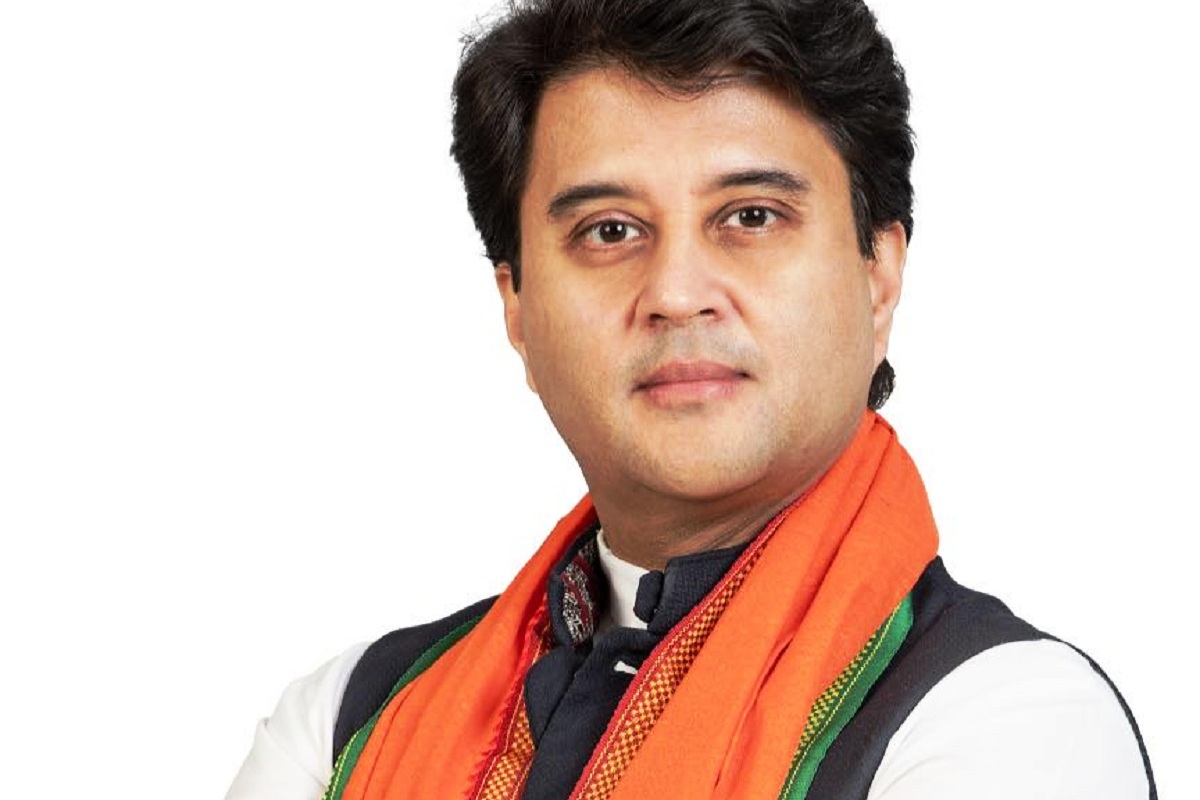The UDAN scheme, launched about four years back, has “triggered air connectivity to hitherto unserved regions” of the country, the Prime Minister Office (PMO) said on Saturday quoting an article by Union Civil Aviation Minister Jyotiraditya Scindia.
“It has been four years since the central government, under the leadership of Prime Minister Narendra Modi, embarked on the ambitious task of building a strong and affordable regional aviation system in India. The UDAN scheme has been seminal in its impact, having triggered air connectivity to hitherto unserved regions,” writes Union Minister for Civil Aviation, Jyotiraditya Scindia’, the PMO in a tweet said here.
The PMO tweeted, “In India, the democratisation of air travel” writes Union Minister. Jyotiraditya Scindia, in the said article published in English daily Hindustan Times, pointed to the successful reopening of numerous small, remote airports, wiped out of the aviation map in the country, under the UDAN Scheme of the government.
Scindia wrote that UDAN has allowed first-time flyers to travel at the cost of a first-class train ticket, enhanced access, encouraged regional carriers, and has been an economic force multiplier.
He said it has been four years since the central government, under the leadership of Prime Minister (PM) Narendra Modi, embarked on the ambitious task of building a strong and affordable regional aviation system in India. The UDAN scheme has been seminal in its impact, having triggered air connectivity to the hitherto unserved regions.
The development and expansion of regional airports such as Darbhanga, Jharsuguda, Kadapa, Nasik, Belagavi, Jagdalpur, Hubli and Kishangarh have brought new destinations onto India’s aviation map and the concomitant unlocking of new economic opportunities in these regions (such as cargo) that were completely unexplored until five years ago, the minister said.
Citing examples of the successful opening of airports he said for instance, the Darbhanga airport, which was built at the time of Independence, and was fully functional from 1950 to 1962, had been wiped off the aviation map. The airstrip was revived under the UDAN scheme, and is now seen as a critical gateway for northern Bihar to the rest of the country. The airport offers connectivity with six to 10 major cities, and currently handles over 15,000 passengers annually.
The Belgavi airport has facilitated travel for students to Belgaum, an education hub. The airport is being utilised for cargo operations as well, and soon will operate a flight training school — all in the span of a few years. Similarly, the Rupsi airport in Assam currently serves four key districts in Assam, as well as the neighbouring states of West Bengal, Meghalaya, and some parts of Bhutan, he wrote.
Scindia further wrote that the Jharsuguda airport in Odisha, another relic of the World War II era, was revamped for operations in 2019. Prior to this, the entire western Odisha region was uncatered for, and the only airport in Odisha was located in Bhubaneshwar, which is 339 km away from Jharsaguda. The airport handled more than 200,000 passengers in 2020-21 with 140 aircraft movements per week. The scheme has also opened up new modes of air transport such as helicopters which are providing access over 16 routes in the remotest areas of Himachal Pradesh and Uttarakhand.
He said the UDAN scheme has given birth to as many success stories on the other end of the spectrum too, i.e. airline operators. We have witnessed a proliferation of new regional carriers, some having pivoted their businesses on the UDAN model: Participation of airline operators in Regional Connectivity Scheme-UDAN rose from five to 11 in the last two years.
On operationalisation of airports he wrote, “We were able to operationalise seven airports, two heliports and one water aerodrome in the last year despite the disruptions caused by Covid-19. Here’s why.
“Our metro routes are adequately served, and major airports such as Delhi and Mumbai have already reached the zenith of their passenger-handling capacities. It is but natural that the path ahead for the growth of civil aviation will be paved with greater regional and remote connectivity, and building and serving more underserved or unserved airports/airstrips.
“This would fundamentally change civil aviation from an elitist mode of transportation to one where even a person who wears a “hawai chappal” can travel by a “hawai jahaz” — as spelt out under the PM’s vision,” the Union Minister further wrote in the article.












